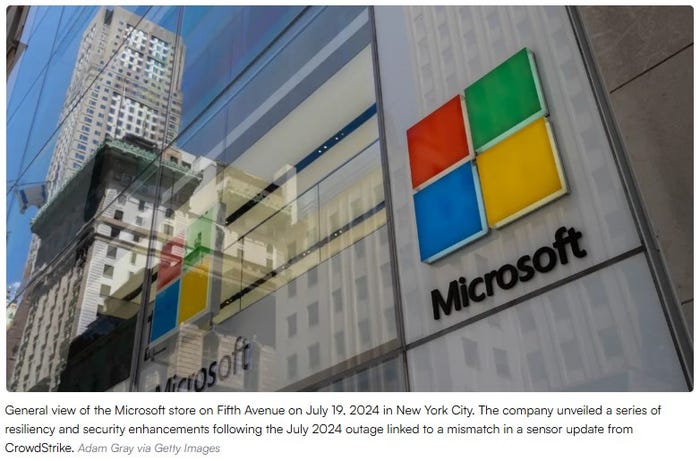Alabama county picks Harris for P25 system
For the most part, the P25 system will leverage the same tower infrastructure as the existing legacy LMR network, but a new site will enable greater coverage to the south and east.
January 18, 2012
Harris has been awarded a $7.3 million contract to design and build a Project 25 radio system in the city and county of Montgomery, Ala., that is expected to be operational in the fall.
First responders in Montgomery County — a jurisdiction with more than 220,000 residents — currently operate on an 800 MHz Enhanced Digital Access Communications System (EADCS) from Harris, but the vendor plans to halt support for such systems in 2015, according to Larry Fisher, the city of Montgomery’s communications-department director.
“Harris decided that the technology had changed enough that they were no longer going to continue to support the EDACS system, so we go the end-of-life notice,” Fisher said. “It continues until 2015, so we actually had some additional time. But the closer you get to the end, the harder parts [are to find].”
For the most part, the P25 system will leverage the same tower infrastructure as the existing legacy LMR network, but a new site — co-located with Troy University — will enable greater coverage to the south and east, Fisher said. Overall, the P25 network will have three simulcast sites and two multichannel sites, he said. The Montgomery Metro Communications Cooperative District (MMCCD) contract also includes Harris M7300 mobile radios, P7300 and P5250 portable radios and CS7000 control stations for future-ready P25 Phase 2 operation.
“The MMCCD is committed to providing the best possible service to citizens and responders, and we recognized the need to migrate to a standards-based system to increase the interoperable capabilities of our emergency response,” Derrick Cunningham, chairman of the MMCCD Board, said in a prepared statement. “After a thorough evaluation and review process, we selected the Harris P25IP system as the best choice to meet the needs of public-safety forces today and moving into the future.
“We are investing in standards-based equipment while still utilizing our legacy equipment to reduce costs.”
While first responders are expected to begin migrating to the P25 system in September or October, other users — universities, for example — likely will remain on the legacy EDACS system for at least a couple more years, Fisher said.
“We’re basically going to take the EDACS we have and remove some channels, but we will leave some channels at all of the sites we’re located at right now,” he said.
In addition, MMCCD officials will be conducting meetings with officials from nearby jurisdictions to invite them to join the system, Fisher said. There is conceptual support for a regional or statewide P25 system in Alabama, but funding is a significant issue, he said.
“That takes a lot of money,” Fisher said. “With the economy the way it, who knows when — and if — that will happen.”



